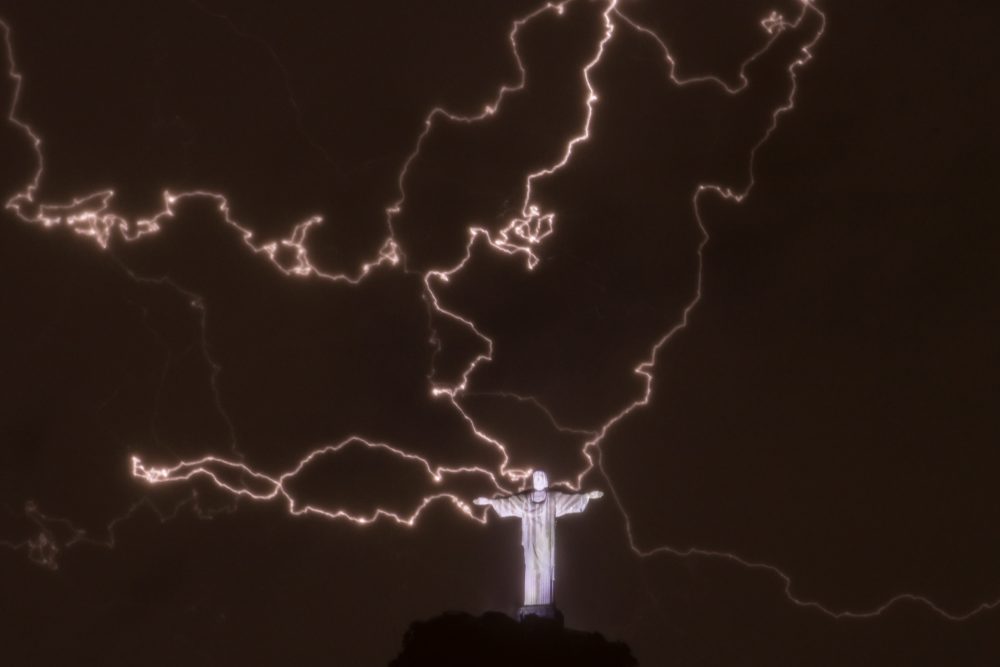Weather experts have announced two shocking new world records out of South America, where satellites have detected the longest single flashes of lightning in recorded history.

The World Meteorological Association (WMO) confirmed on Thursday that two massive storms in South America produced the record-setting “megaflashes.” A 2018 storm over Brazil set the record for longest flash by distance, while another storm over Argentina in 2019 produced the longest-enduring flash in terms of time.
The WMO confirmed the record-setting bolts via satellite imagery and announced them on Thursday, ahead of International Lightning Safety Day on June 28.
The longest lightning bolt by distance was recorded on Oct. 31, 2018 over southern Brazil. Satellite records show that the bolt’s spidery branches stretched out for an incredible 709 kilometres, plus or minus eight kilometres, according to the WMO. That’s large enough to cover the distance from Toronto to Chicago, from Vancouver to Calgary or from Winnipeg to Saskatoon.
The other record-setting megaflash occurred over Argentina on March 4, 2019. That lightning bolt “developed continuously” and ultimately lasted for 16.73 seconds — much longer than the usual blink-of-an-eye flash.
“These are extraordinary records from single lightning flash events,” Randall Cerveny, chief rapporteur of Weather and Climate Extremes, said in the WMO statement. “This will provide valuable information for establishing limits to the scale of lightning — including megaflashes — for engineering, safety and scientific concerns.”
Special weather-tracking satellites have made it much easier to study lightning in recent years, according to Global News chief meteorologist Anthony Farnell.
“Until recently we haven’t understood the complexity of lightning and the vast distances it can travel, not just towards the ground but from cloud to cloud and sometimes storm to storm,” Farnell said.
Megaflashes are a series of lightning flashes linked together by a spark, Farnell said. These rare occurrences typically only happen in massive thunderstorms that span hundreds of kilometres. Such storms can happen anywhere in the world — including Canada — but are more common over large landmasses near the equator, he said.
Farnell adds that a massive thunderstorm is no guarantee of a megaflash, “and that’s what makes this phenomena so rare.”
The new distance record is more than twice as long as the previous title-holder, a 321-km bolt that flashed over Oklahoma on June 20, 2007.
The last duration record was 7.74 seconds for a flash over France on Aug. 30, 2012.
Both new records are harmless ones, but there are also some dubious extremes that weather experts hope will not happen again. A 1975 lightning flash is still the single deadliest strike after it directly killed 21 people huddling in a hut in Zimbabwe.
The most fatal indirect strike killed 469 people in Egypt in 1994 after lighting several oil tanks on fire.
A recent lightning storm in India killed 107 people on Thursday, the Times of India reports.
The WMO hopes these newly announced records will help jolt people into paying more attention to lightning safety. It also offered a few pointers in its press release, including the so-called 30-30 rule.
“If time between flash and thunder is less than 30 seconds, go inside!” the WMO says. “Wait 30 minutes after the last observed flash to resume outdoor activities.”





Comments